ART TRIBUTE:Stop Painting
 Described by Peter Fischli, as “a kaleidoscope of repudiated gestures,” the exhibition “Stop Painting” explores a series of specific ruptures within the history of painting in the last 150 years, intertwined with the emergence of new social factors and cultural values. The exhibition also projects itself into the dimensions of the present and the future. It intends to understand if a further development is taking place today and if the current digital revolution can also cause a new crisis of painting or, on the contrary, contribute to its renewal.
Described by Peter Fischli, as “a kaleidoscope of repudiated gestures,” the exhibition “Stop Painting” explores a series of specific ruptures within the history of painting in the last 150 years, intertwined with the emergence of new social factors and cultural values. The exhibition also projects itself into the dimensions of the present and the future. It intends to understand if a further development is taking place today and if the current digital revolution can also cause a new crisis of painting or, on the contrary, contribute to its renewal.
By Efi Michalarou
Photo: Fondazione Prada Archive
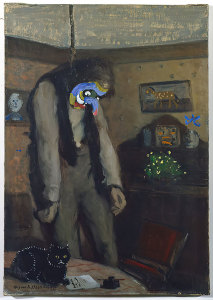
“Was the recurring ghost telling the story of the end of painting a phantom problem? And if yes, can phantoms be real?”. These were Peter Fischli’s doubts at the beginning of the process leading to the conception of his exhibition. In an attempt to answer these and other open questions, he identified five radical ruptures caused by technological and social changes that marked artistic paradigm shifts through rejection and reinvention of painting. The exhibition ”Stop Painting” begins on the ground floor of Fondazione Prada’s building in Venice with a new site-specific artwork by Peter Fischli that consists of a scaled-down model of the entire project, defined by the artist as “a sculpture of a painting exhibition”. This work is accompanied by texts written by the artist to illustrate each of the 10 sections of the project, which brings together more than 110 artworks by over 80 artists. The section titled “Delirium of Negation” occupies the central room on the first floor of the building. All the works on display realized by artists such as Lucio Fontana, Lee Lozano, Francis Picabia, Adrian Piper, Ed Ruscha, and Jean-Frédéric Schnyder, which deal with the canonical moments of crisis in the history of painting induced by the readymade, the photography and the commodification of painting itself, clearly demonstrate this assumption. The “Mensch Maschine” section investigates the obsolescence of the artist as producer and questions the idea of subjectivity as inspiration for creative activity. Works by Andrea Fraser, Pinot Galizio, Alain Jacquet, Piero Manzoni, and Niki de Saint Phalle, that incorporate new technological devices and inventions, illustrate the possible and frightening erasure of the difference between works of art and everyday objects. Gathered under the title “Niente da vedere niente da nascondere”, the works by Carla Accardi, Walter De Maria, David Hammons, Klara Líden, Martin Kippenberger and Albert Oehlen hide, cover or destroy the image making it impossible for the viewer to fetishize its surface. The “Word Versus Image” section explores the inclusion of textual fragments on the picture and investigates the relationship between images and texts as one of the key aspects of 20th-century painting represented by the works on display by John Baldessari, Gene Beery, Karen Kilimnik, Pino Pascali and Jim Shaw, among others. In the works included in the “When Paintings Become Things” section, painting becomes autonomous from the pictorial surface, “after many centuries of understanding of painting as representation of the external world”. The works by Dadamaino, Carol Rama, Jean-Frederic Schnyder and Rosemarie Trockel are tautological representations of real elements or consist of profane and simple objects. The questioning of established canons and the rejection of painting and the culture industry in general are the basis of Boris Lurie’s “NO” paintings, Gustave Metzger’s self-destructive art and Henry Flynt’s violent signs against art museums. These artists are part of the “Let’s Go and Say No” section, which demonstrates a close link between criticism of art and its commercial drift and broader political and social protest movements. The room titled “Readymades Belong to Everyone” presents appropriations of both commercial culture and art history, treating them as part of the same realm. Marcel Duchamp, Sturtevant, Ben Vautier, and Andy Warhol, among others, challenge the idea of authorship with their works and deconstruct the notion of painting with their practices. The “Next to Nothing” section deals with the monochrome, the blank canvas and the idea of tracing marks on the surface. Martin Barré’s isolated and anonymous signs, Francis Picabia’s late abstract paintings “decorated” with spare dots, Blinky Palermo’s fabric paintings and Lynda Benglis’ “pours” are all symptoms of this tendency to essentiality that resets or ridicules the act of painting. In the “Spelling Backwards” section the works by Roy Lichtenstein, Gerhard Richter, and Josh Smith, among others aim to demonstrate that something like an ‘essence of painting’ does not exist. “In doing so they emphasize the conventionality of the medium, while the gesture as an autographical mark is being deconstructed”, in the words of Peter Fischli. The “Die Hard, Stirb Langsam, Duri a morire” section brings together works that express an empathetic nostalgia for the medium and the impossibility even for avant-garde artists like Marcel Broodthaers, Asger Jorn and Kurt Schwitters to escape the latent force of attraction of figurative painting. A selection of works by Theaster Gates, Wade Guyton, Bruce Nauman, Lawrence Weiner and other artists disseminated on the ground floor, in the courtyard, and in the staircase of the building enriches the intersecting storylines that constitute the exhibition.
Photo: Lucio Fontana, Milano, 1962, Photo Ugo Mulas © Ugo Mulas Heirs. All rights reserved, © Fondazione Lucio Fontana by SIAE 2021
Info: Conceived by Peter Fischli Fondazione Prada, Ca’ Corner della Regina, Santa Croce 2215, Venice, Italy, Duration: 22/5-21/11/2021, Days & Hours: Wed-Mon 10:00-18:00 (Online tickets required, book here), www.fondazioneprada.org

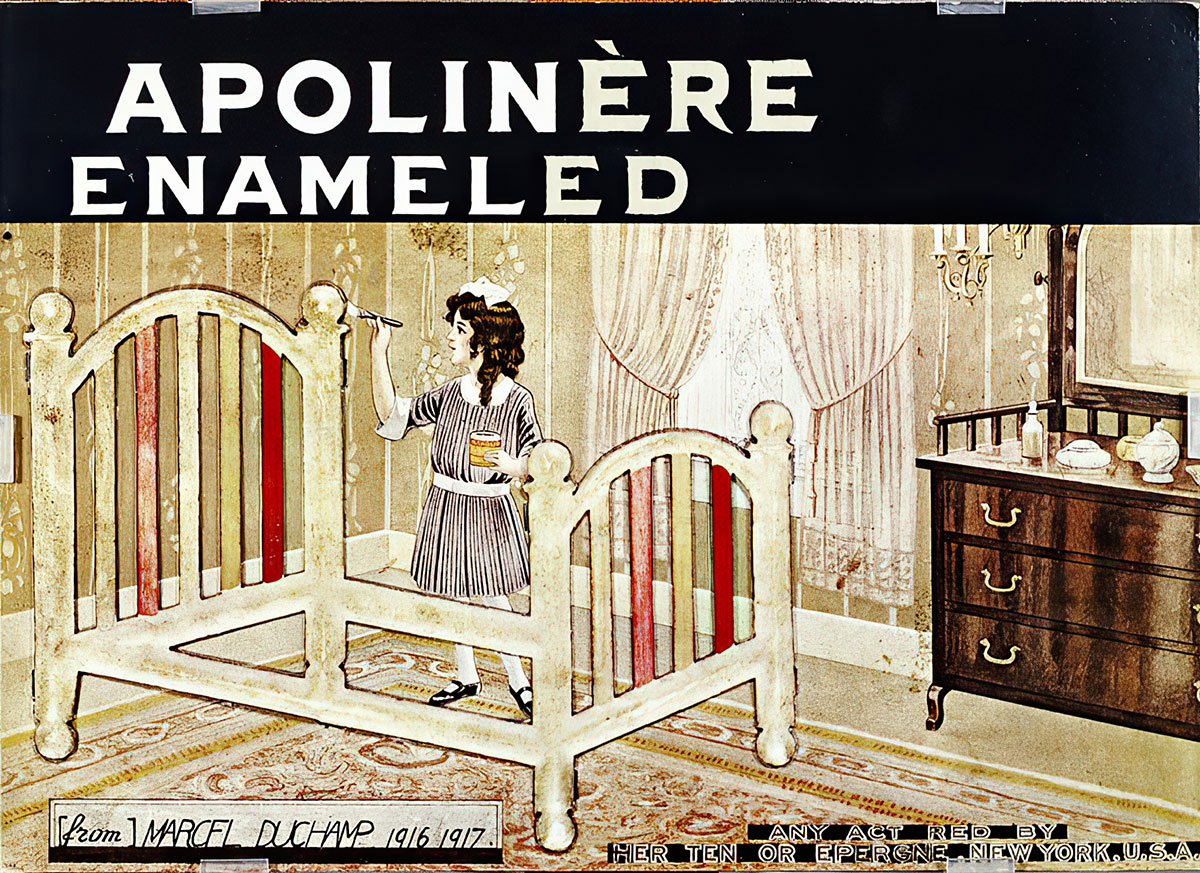
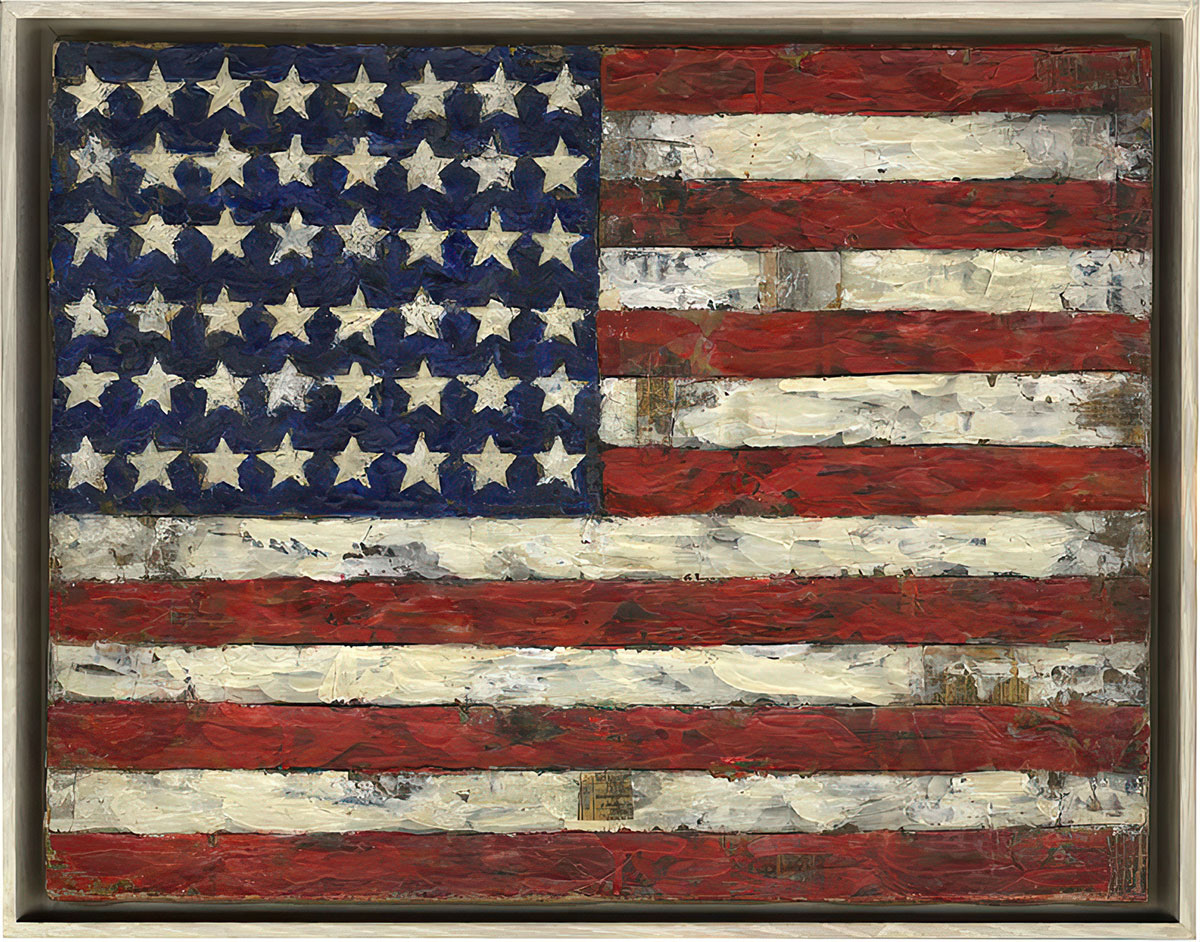
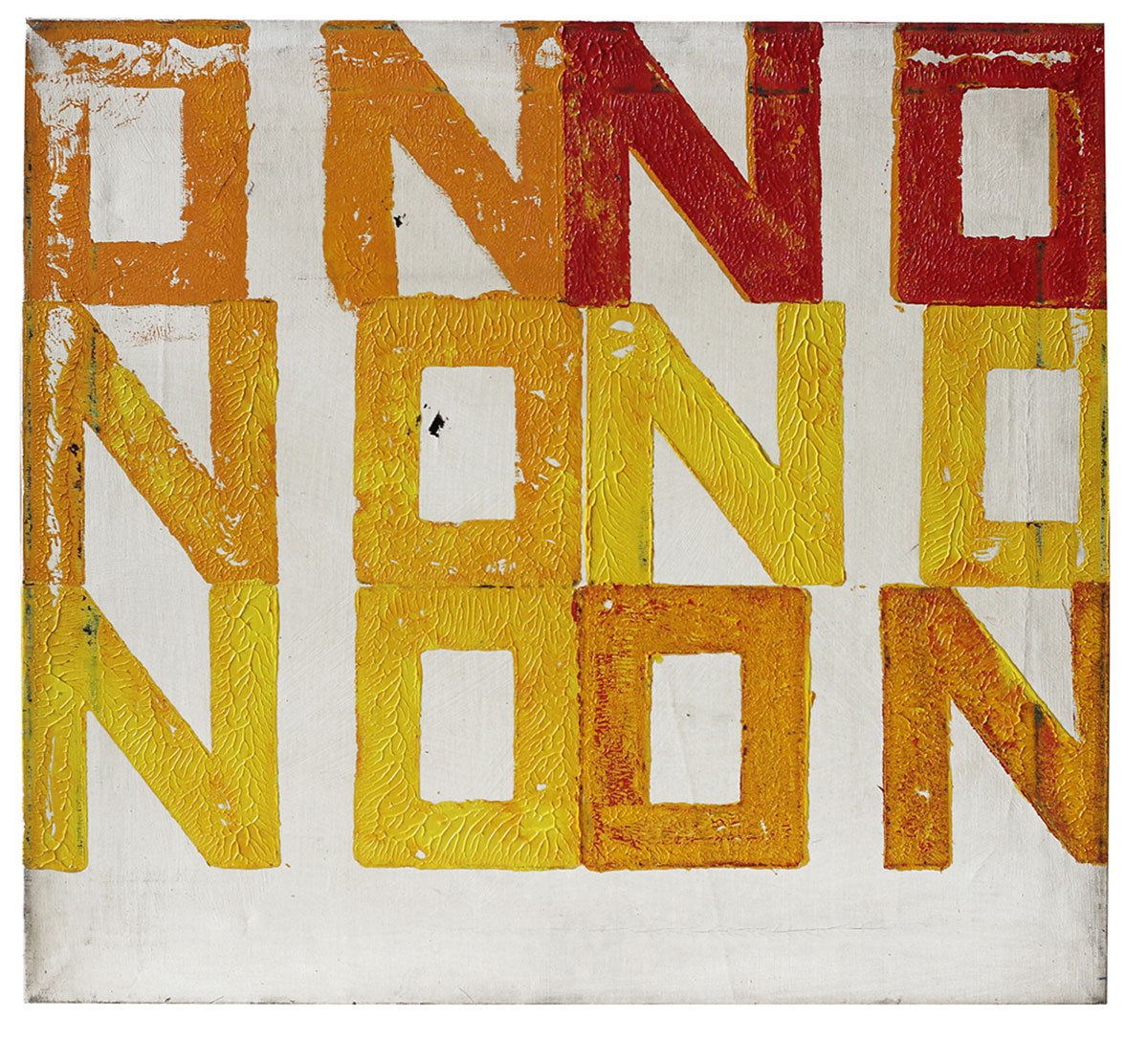
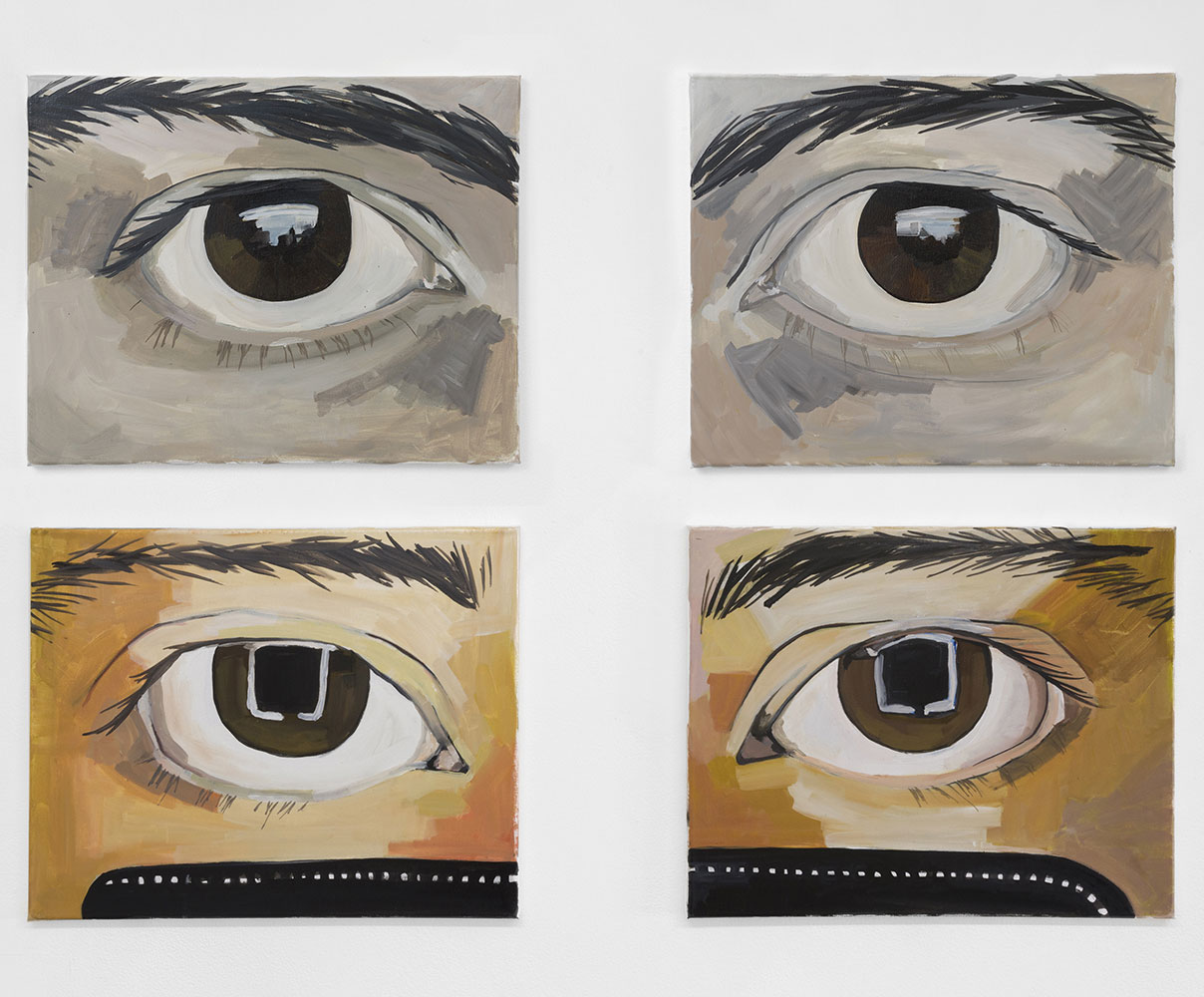

Right: Michelangelo Pistoletto, Vetrina (Oggetti in meno 1965 – 1966), 1965-66, Wood, iron, clothes, 235 x 100 x 80 cm, Collezione Cittadellarte – Fondazione Pistoletto-Biella, Photo: P. Pellion

